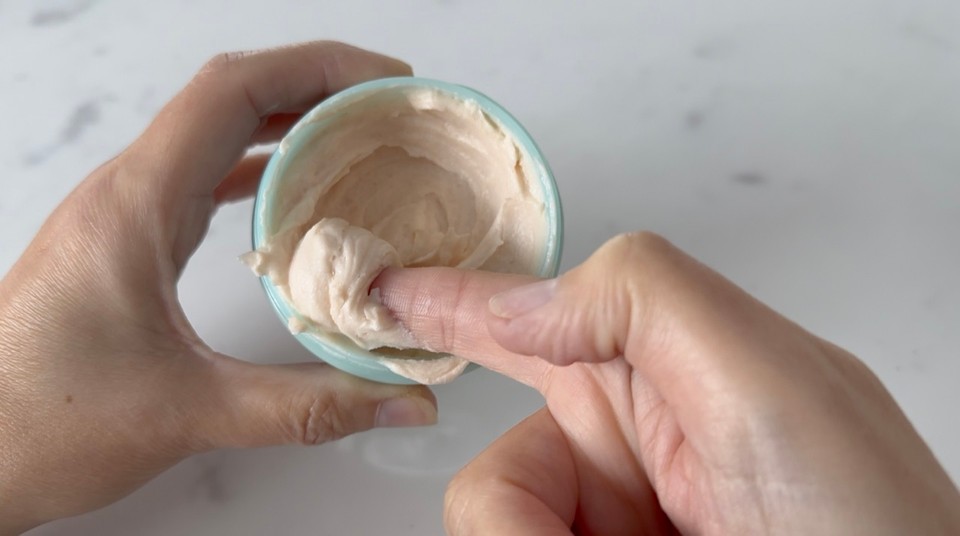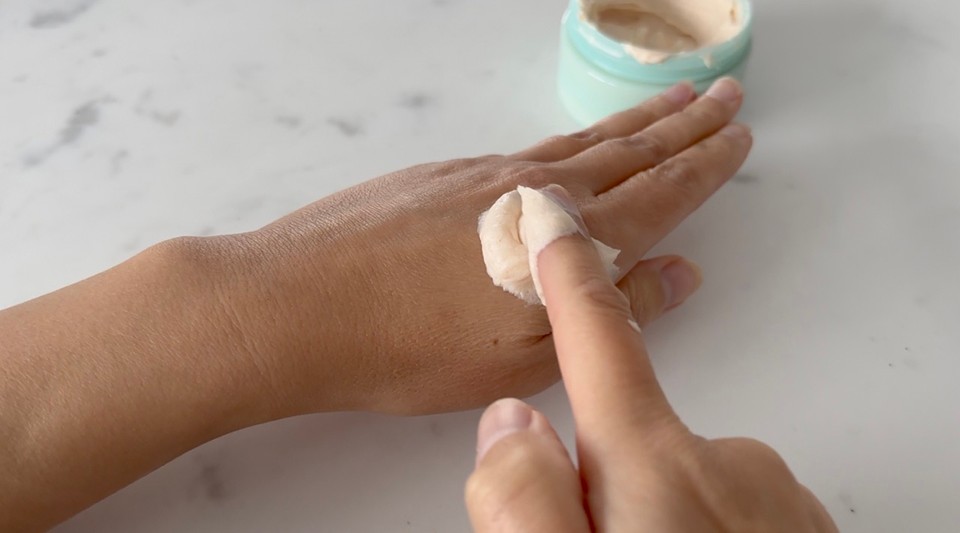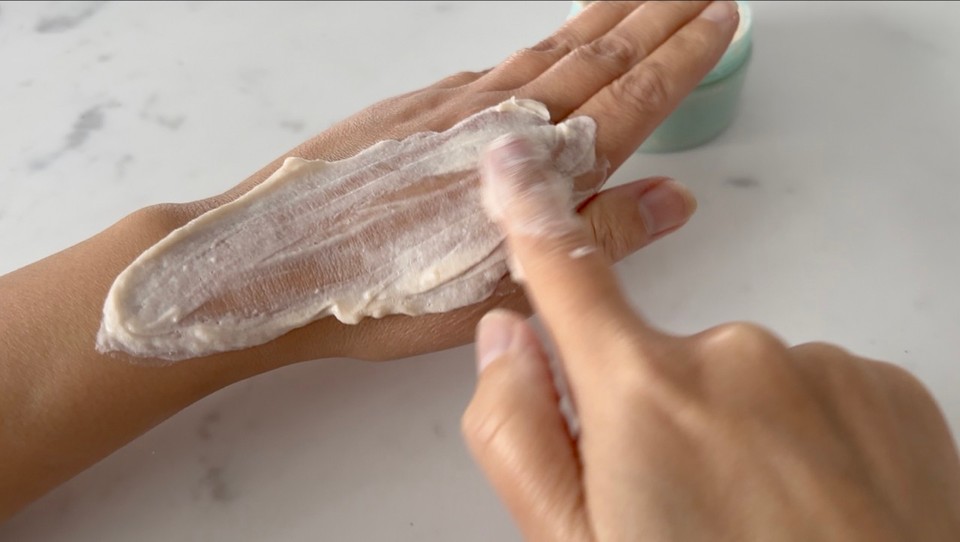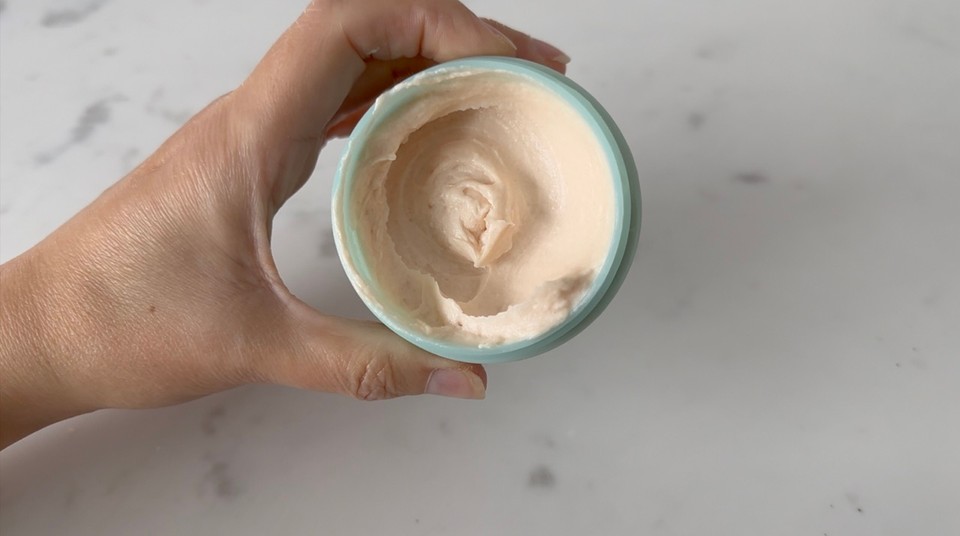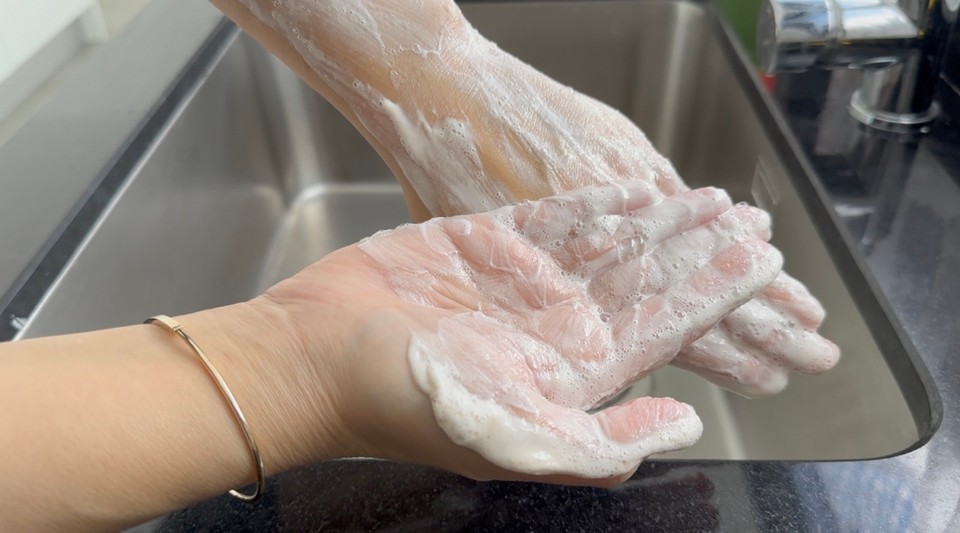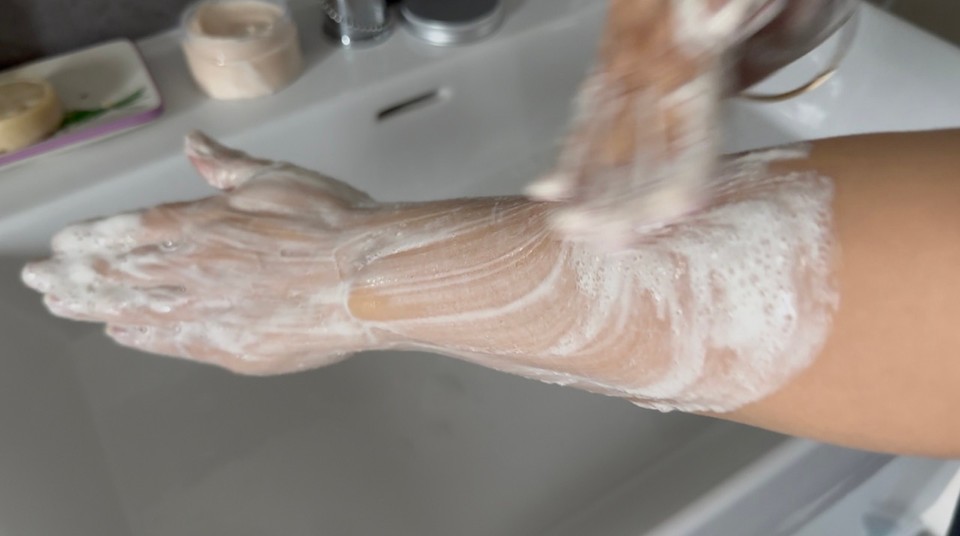Shaving Cream
| Phase | Ingredient | Percent (%) | Weight (g) |
|---|---|---|---|
| Phase A | Distilled water | 56 | 56 |
| Glycerin | 8 | 8 | |
| SCI (Sodium Cocoyl Isethionate) | 20 | 20 | |
| Phase B | Montanov L (C14 -22 Alcohol and C12-20 Alkyl Glucoside) | 4 | 4 |
| Cetearyl Alcohol | 4 | 4 | |
| Stearic acid | 4 | 4 | |
| Phase C | Fragrance oil | 1 | 1 |
| Leucidal Liquid (Aqua, Leuconostoc/Radish Root Ferment Filtrate) | 3 | 3 |
*** Optional mica color
In this post, I share with you how I make shaving cream.
This formula is not very complicated and does not require many ingredients, so if you already made some body products, you should have all the ingredients to make this shaving cream.
An ideal shaving cream should smoothly glide onto the skin, allowing for uniform application across the area to be shaved. Additionally, it needs to be easily washable with water, ensuring that no residue is left behind that might block pores or cause skin irritation. Moreover, the pH level of the shaving cream is crucial; it should closely match the skin's natural, slightly acidic pH to uphold the integrity of the skin's barrier, thereby averting any irritation or dryness.
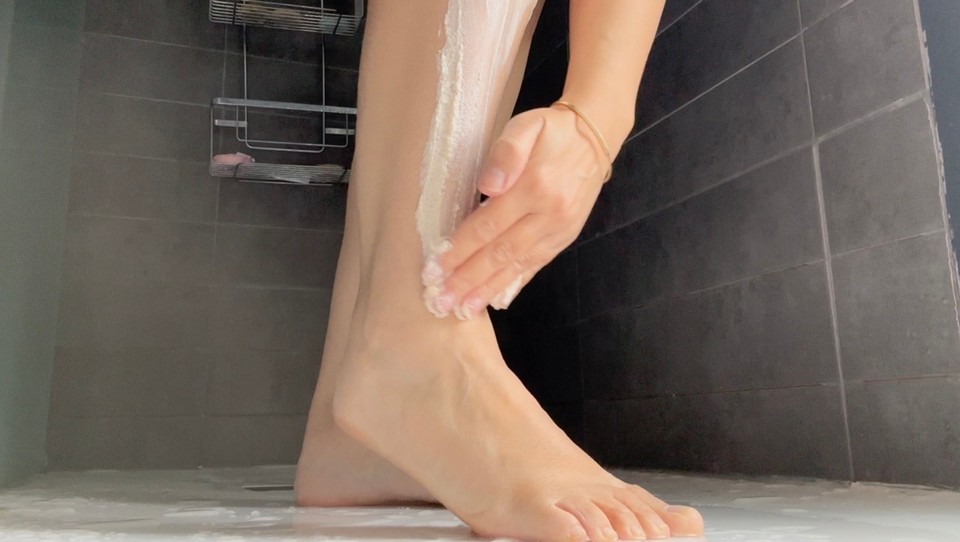
You can help support my website and channel through the “buy me a coffee” page.
Here is the link: https://www.buymeacoffee.com/diycosmetica
Your support helps me keep sharing here more information and more formulas.
Effective shaving cream offers significant lubrication, decreasing friction between the skin and the razor. This smooth lubrication allows for seamless razor movement, lessening the likelihood of nicks and skin irritation. Premium shaving creams are infused with moisturizing agents, keeping the skin hydrated and less susceptible to dryness or discomfort after shaving. Additionally, a well-formulated shaving cream generates a dense and consistent foam. This foam is crucial in elevating and holding the hair upright, facilitating a smoother shave. It also ensures that the razor moves effortlessly across the skin's various curves without pulling or dragging.
To get a thick yet creamy texture, I combine Cetearyl Alcohol with Stearic acid and an emulsifier. This combination gives the shaving cream its moisturizing properties and enough thickness to create a barrier between the skin and the razor.
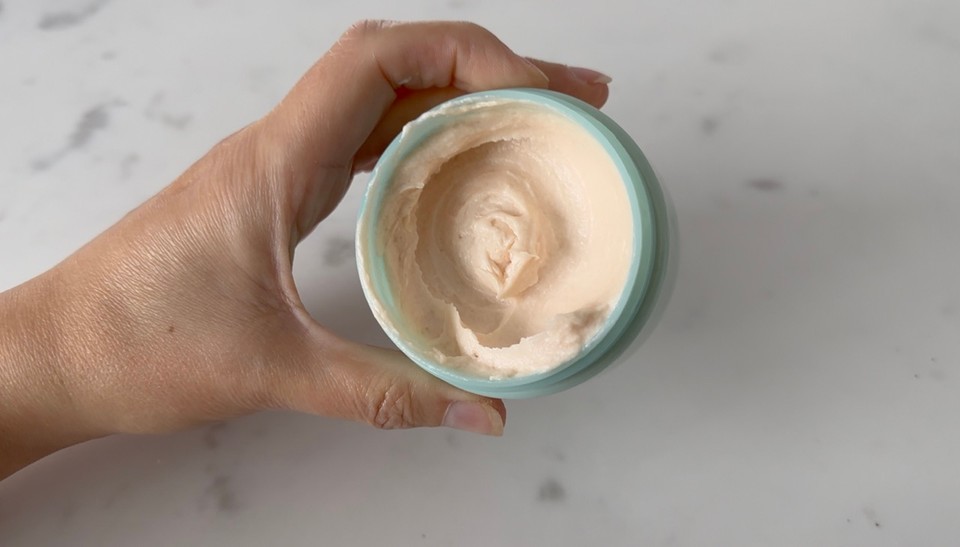
Stearic acid serves as a moisturizing agent in shaving creams, delivering essential hydration to the skin. Its presence contributes to a creamy consistency in the product, facilitating a smooth surface that allows for effortless razor movement across the skin.
Cetearyl Alcohol is a thickener and a stabilizer in this shaving cream formula, endowing the product with a luxurious, creamy consistency. It helps enhance the cream's lubrication, aiding in a smoother shave. Additionally, as an emollient, Cetearyl Alcohol softens and hydrates the skin, while its soothing properties help alleviate any irritation on the skin. You can replace the Cetearyl Alcohol with Cetyl Alcohol.

For my emulsifier, I used Montanov ™ L. Montanov™ L, crafted from natural ingredients such as vegetable-derived fatty alcohols. It is kind to the skin, making it an excellent choice for products targeting sensitive skin types. Its ability to form a stable emulsion contributes to a sleek foundation in shaving creams, facilitating a smoother razor movement across the skin and minimizing the risk of abrasions, cuts, or razor burns. Additionally, its compatibility with the skin's lipids aids in preserving the skin's natural barrier, helping to prevent the loss of moisture both during and after the shaving process.
If you use a different emulsifier, consider that each emulsifier has other properties and gives different consistency and texture to the final product. You can read more about different types of emulsifiers in the post about basic creams and lotions.
For rich lather, I use SCI powder. You can also use SCI noodles, which take longer to dissolve (unless you ground them into a powder). I prefer SCI over SCS (INCI: Sodium Coco Sulfate) since it's gentler and has a lower pH level. If you use SCS, make sure to lower the pH to around 5-5.5. More about pH adjustments in this post.
I use glycerin in the water phase, which you can replace with propanediol.
Glycerin's role as a humectant means it effectively attracts and retains moisture in the skin, making it a key ingredient in combating the dryness and irritation often associated with shaving. This moisture retention aids in a smoother shave, decreasing friction between the razor and skin, thus reducing the risk of cuts and razor burn. Post-shaving, glycerin offers soothing benefits, alleviating irritation and lessening any redness. Additionally, in shaving creams, glycerin contributes to a richer, more luxurious lather, enhancing the overall quality and comfort of the shaving experience.
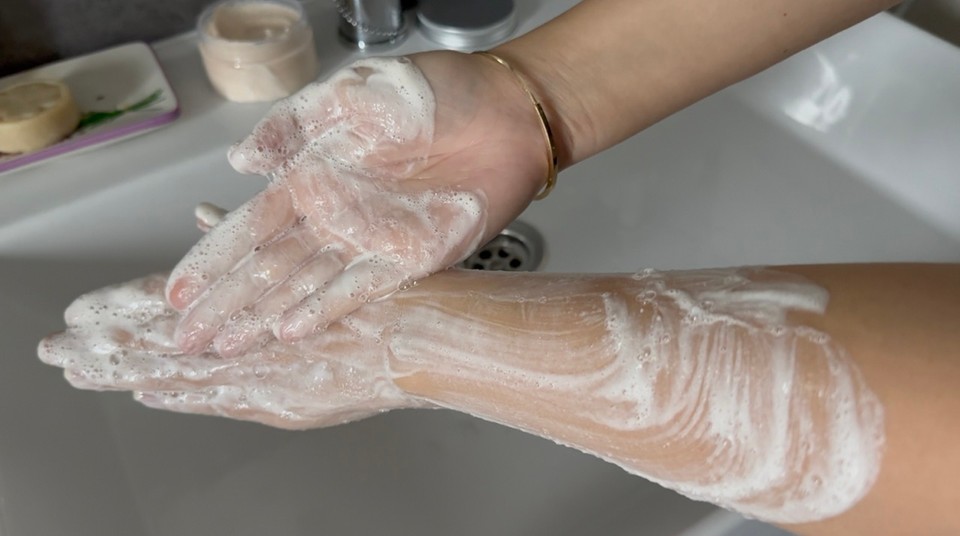
I added some mica powder to give my shaving cream a light color, you can use any color you like or skip the mica powder.
I also used fragrance oil, which you can skip to make unscented shaving cream. If you skip the fragrance oil, add the amount to the glycerin in phase A.
For my preservative, I used Leucidal ® Liquid. For this preservative, I need to use 3%-4%, so if you use a different preservative at a lower usage rate, add the amount you subtract from the preservative, to the distilled water.
Use the calculator to adjust the amount you want to make.
Method:
- In a heat resistance beaker, add phase A ingredients. Start with the distilled water and glycerin, stir them and add the SCI powder. Use a respiratory mask to avoid respiratory irritation.

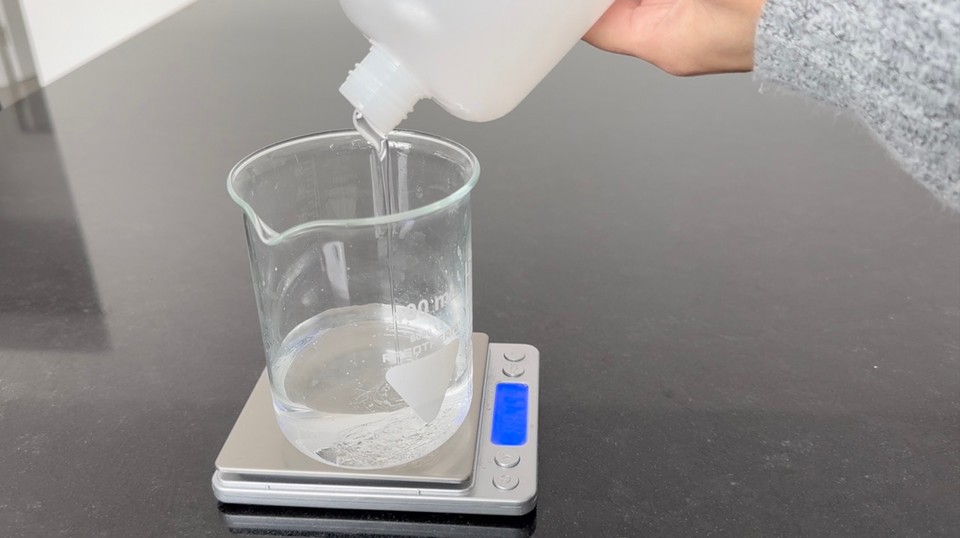
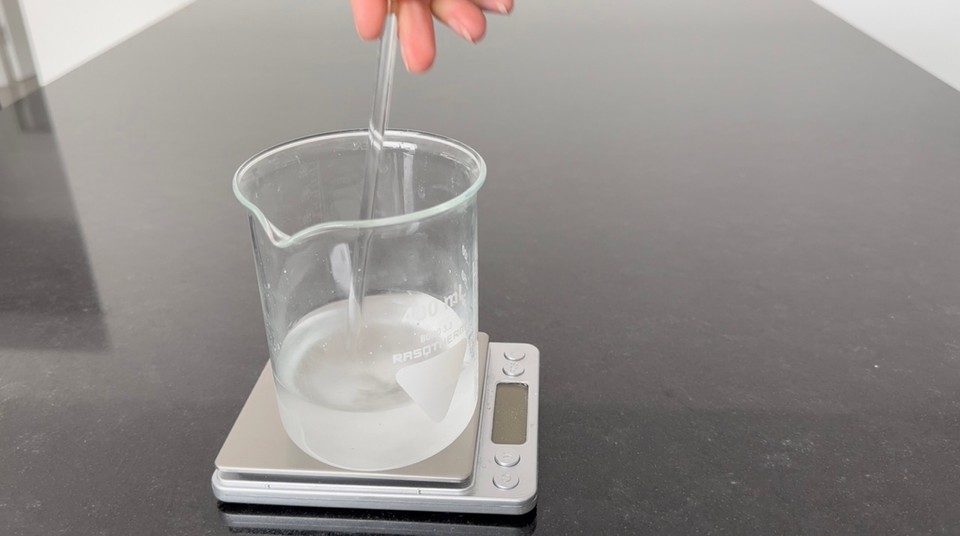
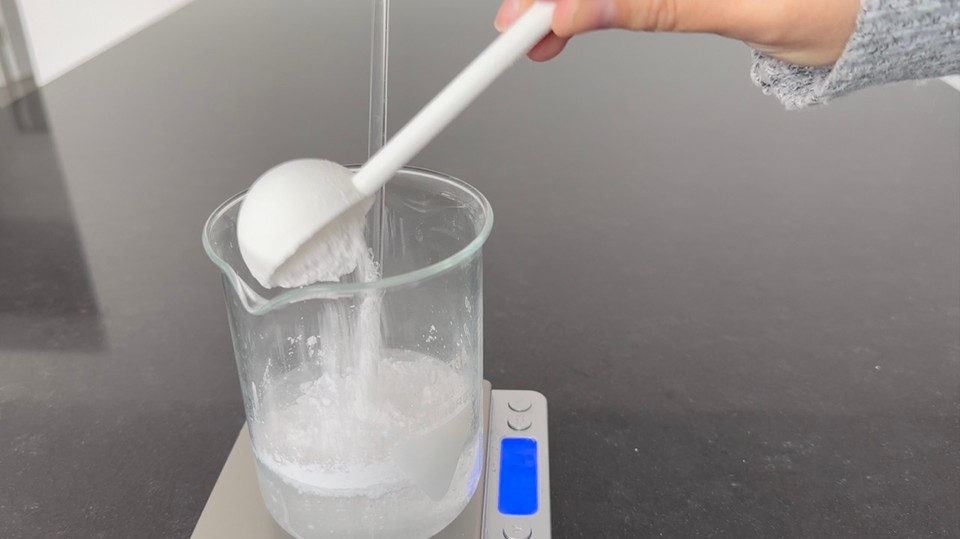

- Cover phase A beaker with aluminum foil to minimize evaporation, or scale phase A now and later on, scale phase A after removing it from the heat and adding the evaporated distilled water.
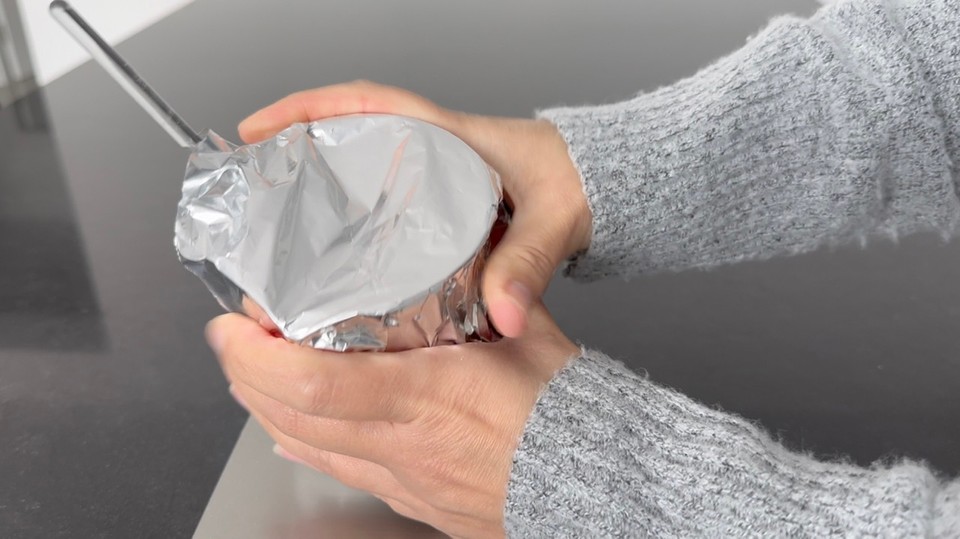
- In a different heat resistance beaker, add phase B ingredients.
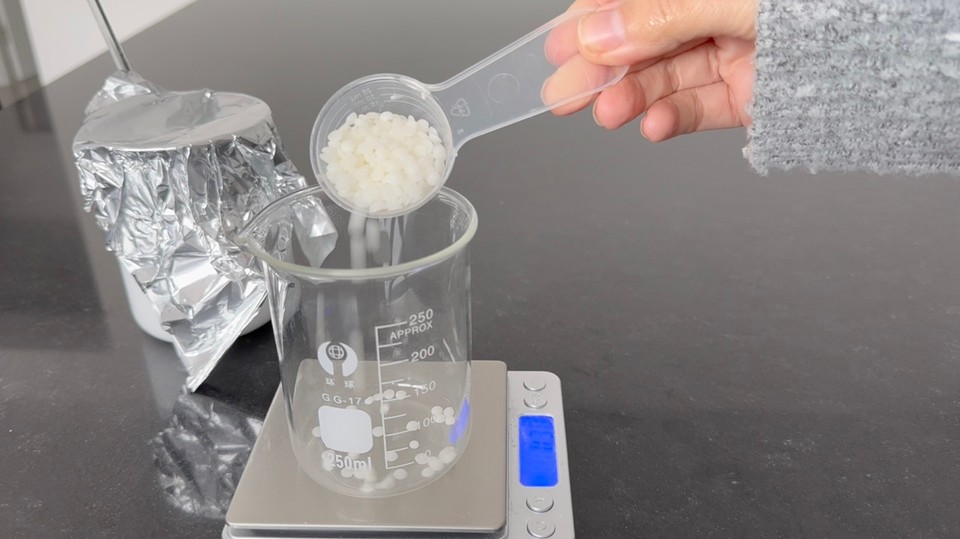
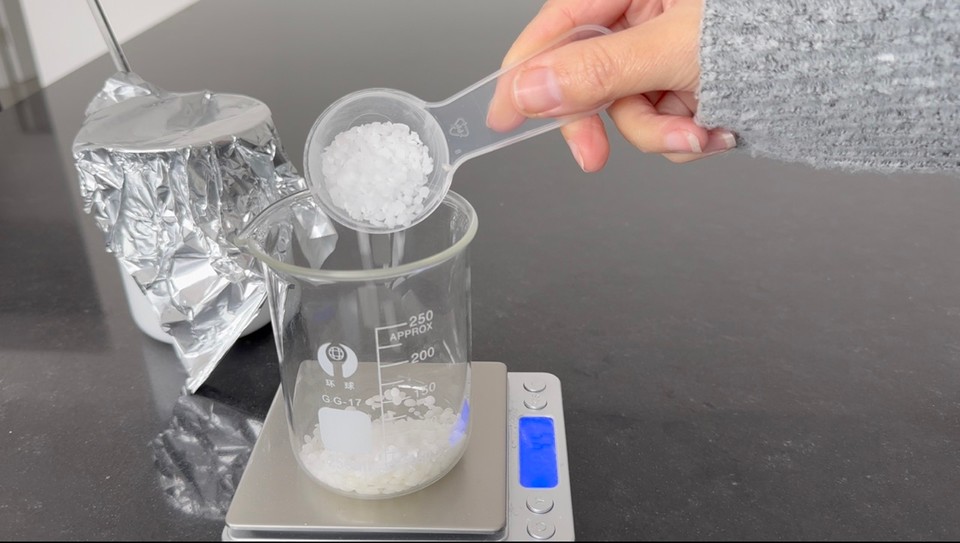
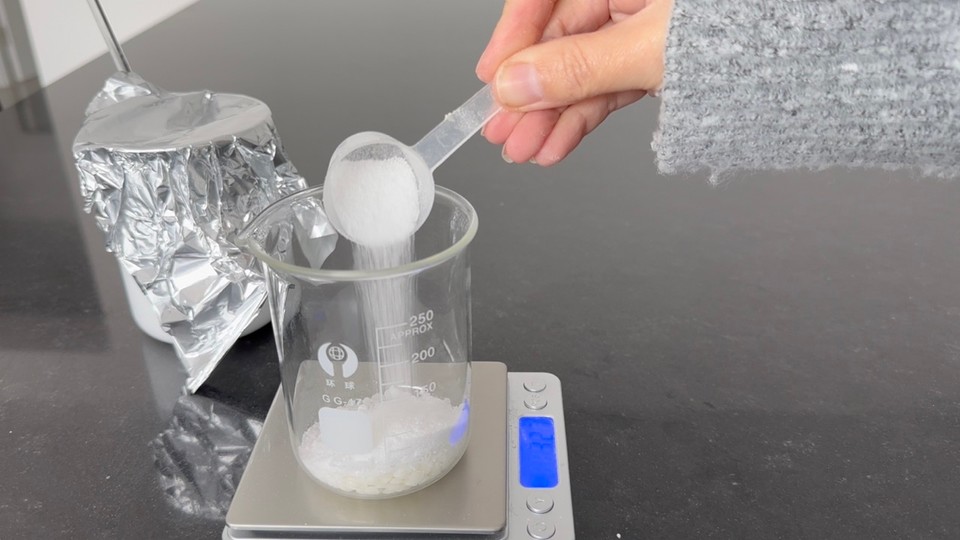
- Place phases A and B into a double boiler on low-medium heat for 20-25 minutes.
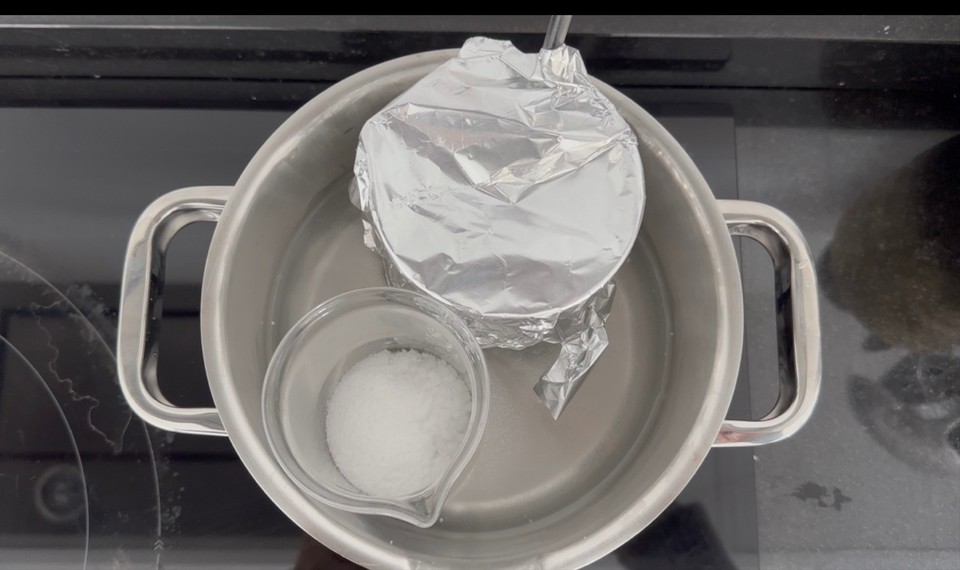
- In another container, prepare phase C and set aside.
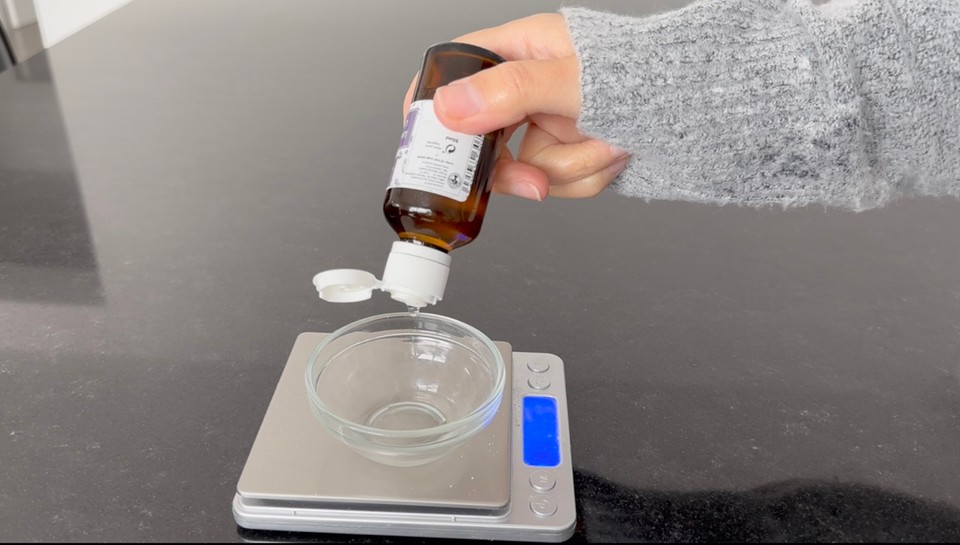
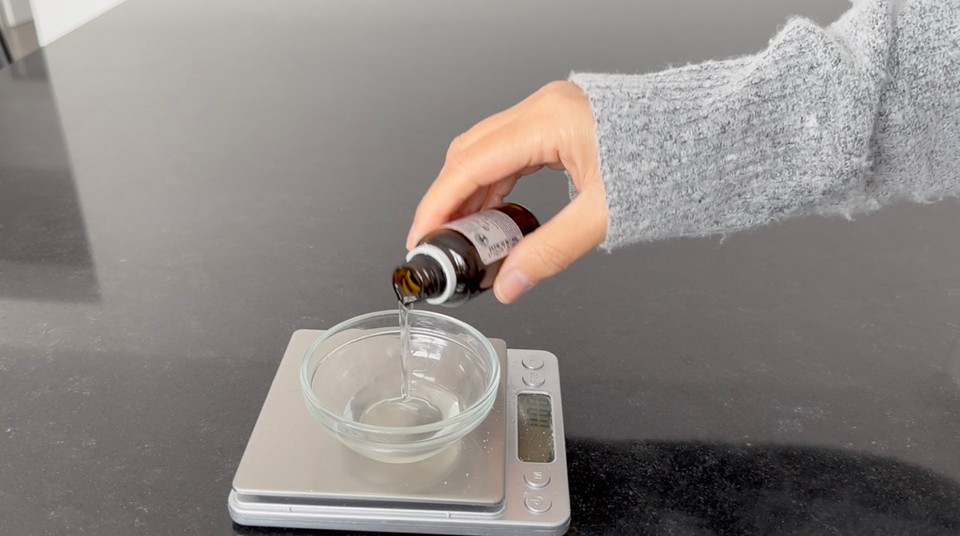
- Remove phases A and B from the heat after all the ingredients are melted and dissolved.
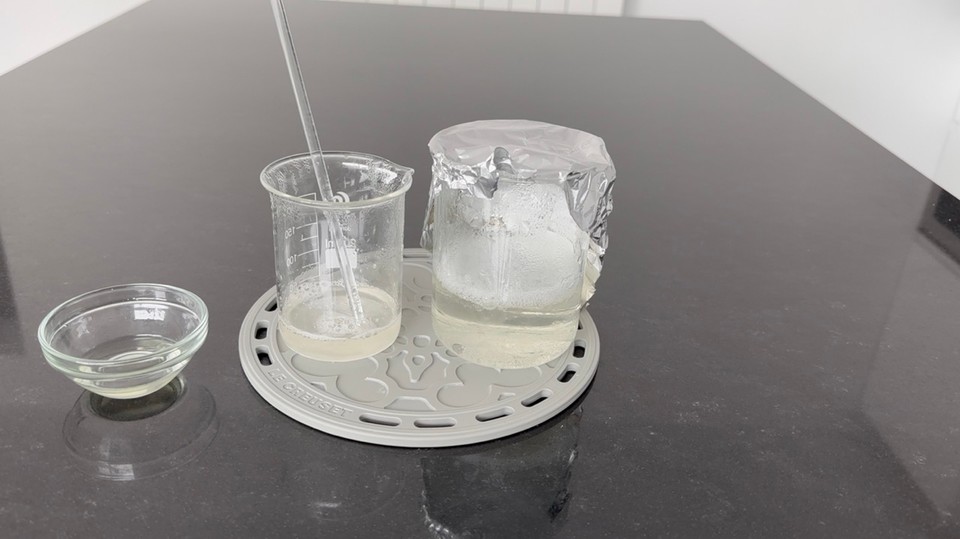
- Combine phases A and B, start with hand stirring and then use an immersion blender at the lowest speed available (to create as little foam as possible) to emulsify.
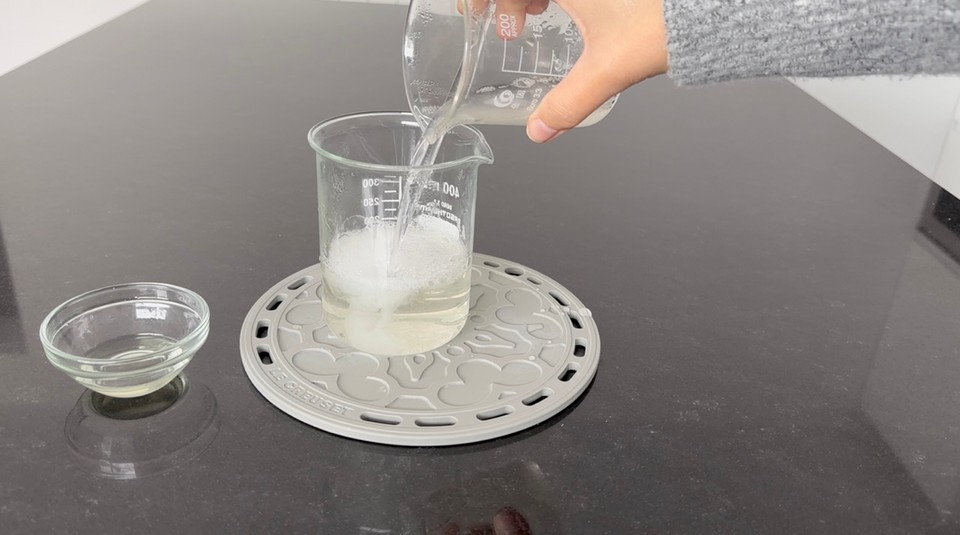
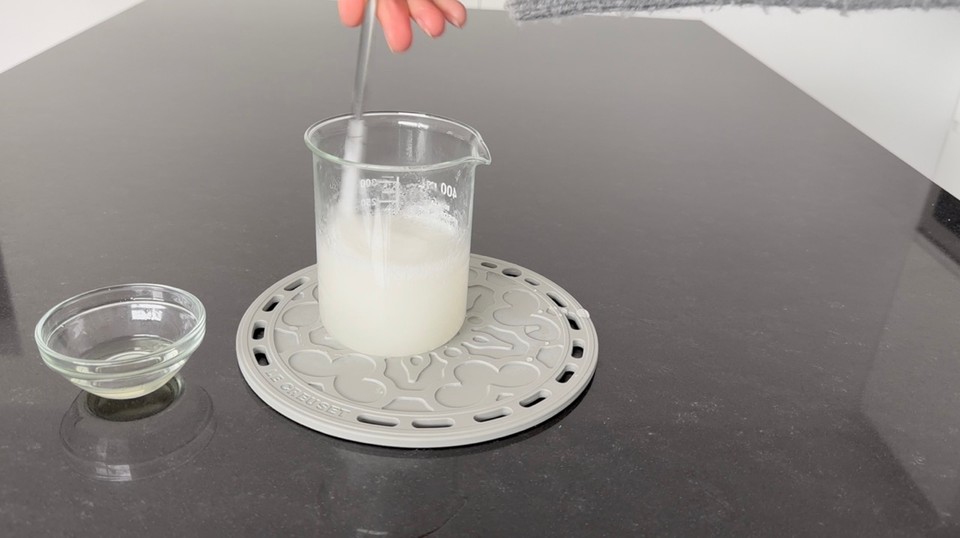
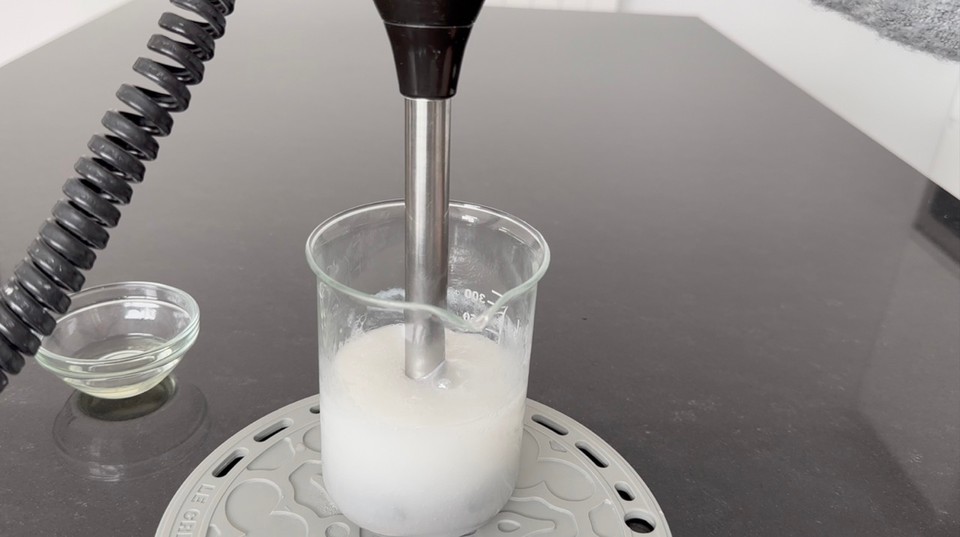
- If you want to add mica colors, add the mica and blend to combine.

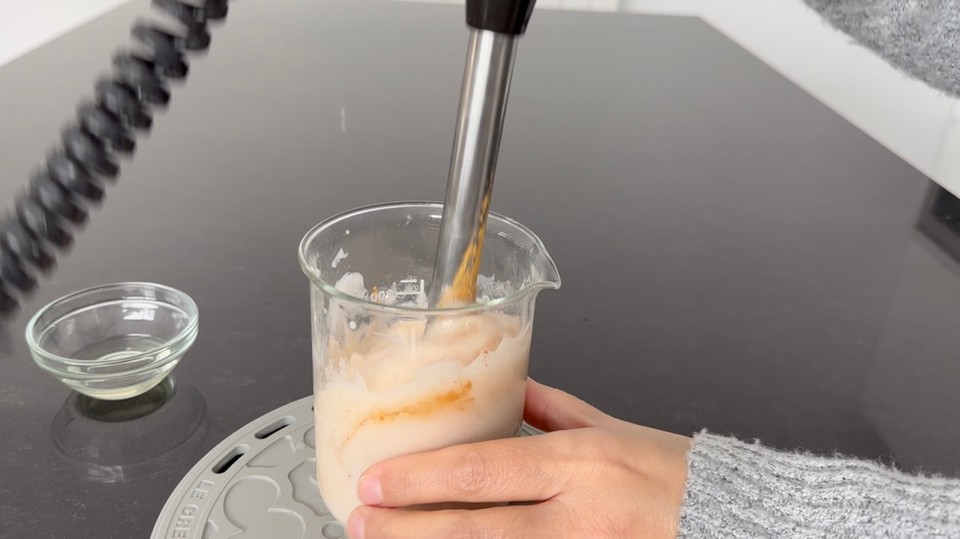
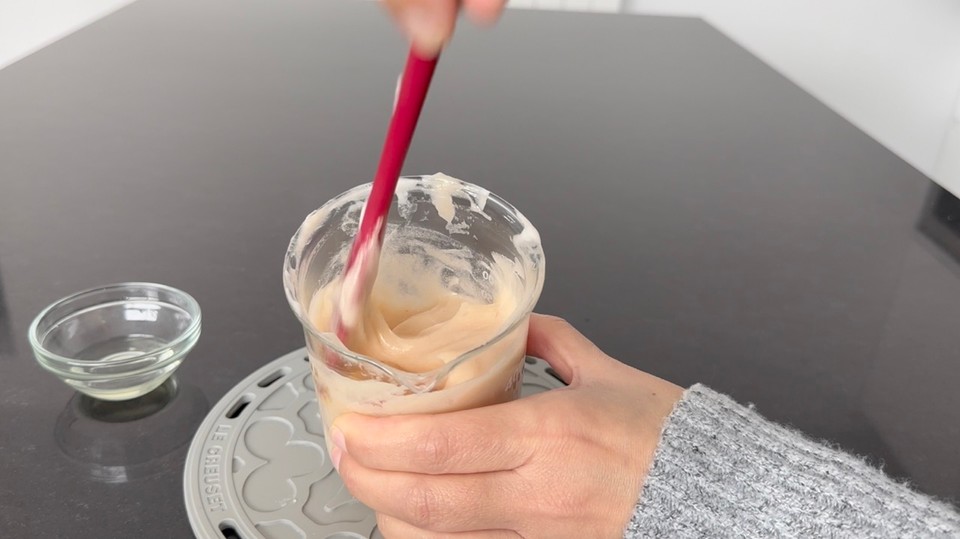
- Check the temperature and add phase C when the temperature is less than 40 degrees celsius.
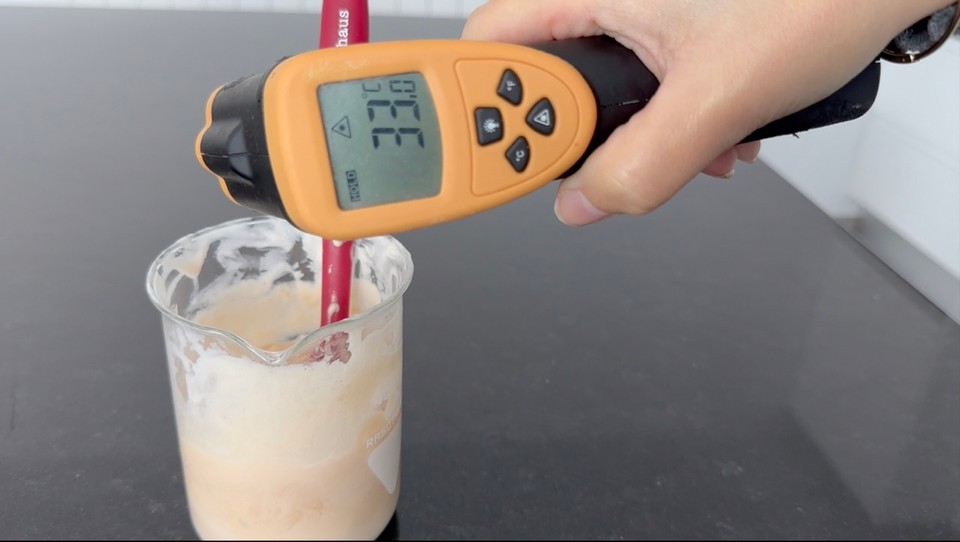
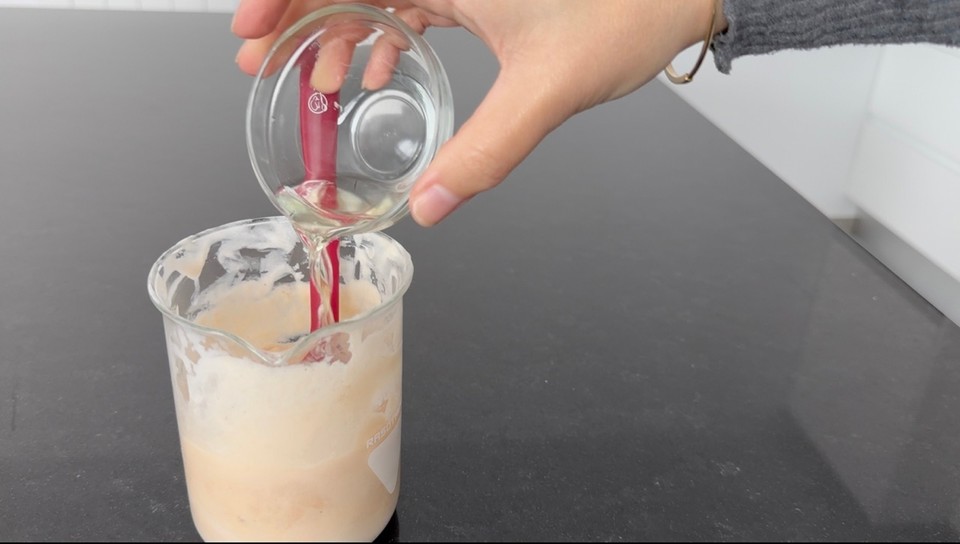
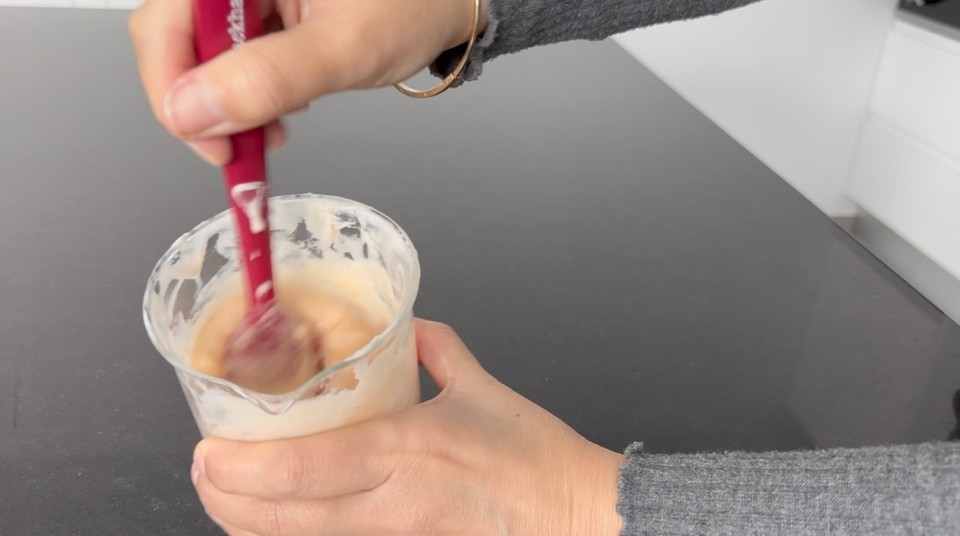
- Check the pH level and adjust it if necessary. More about pH adjustments in this post.
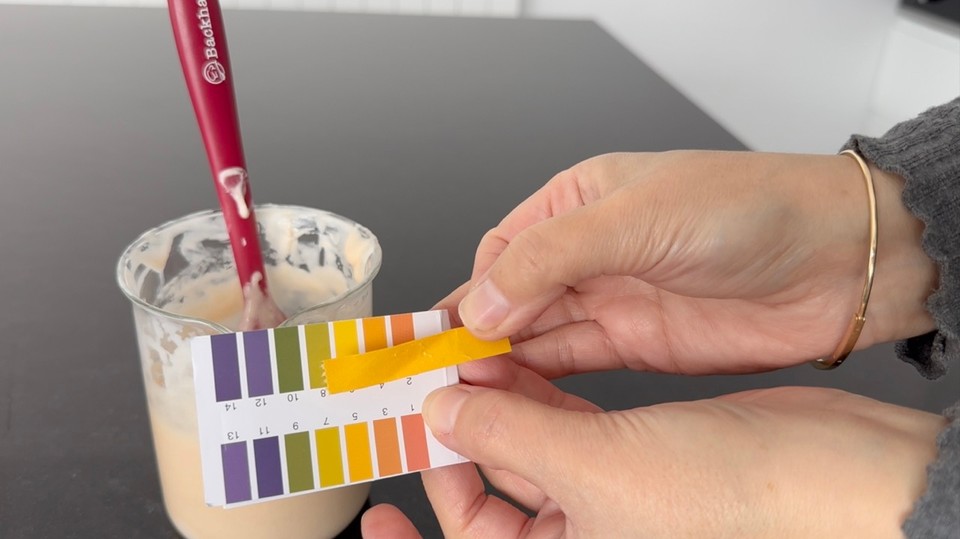
- Pour into a container after 5-6 hours.
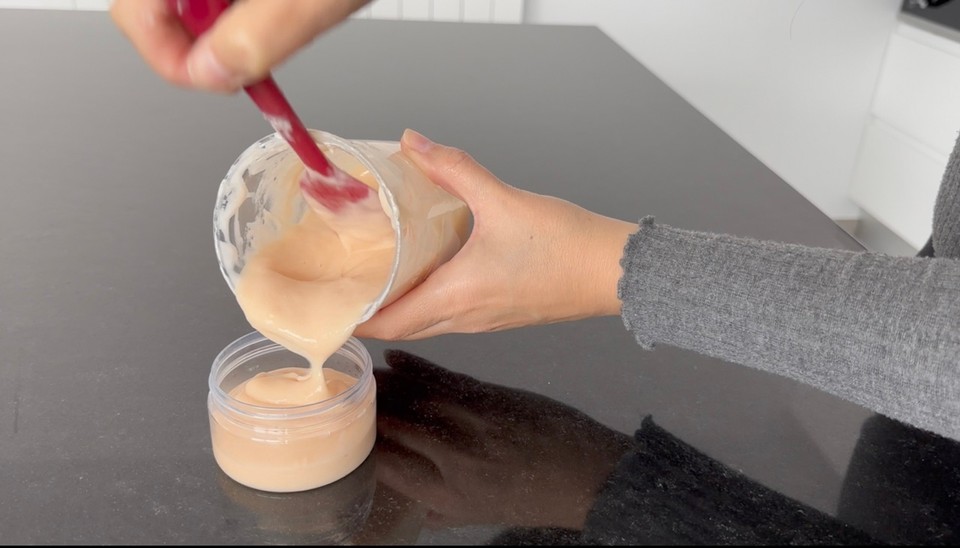
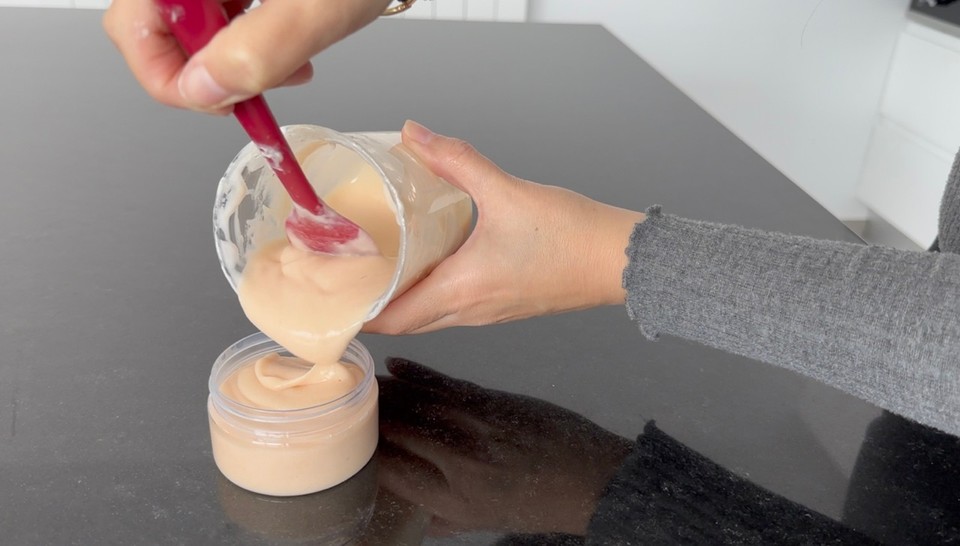
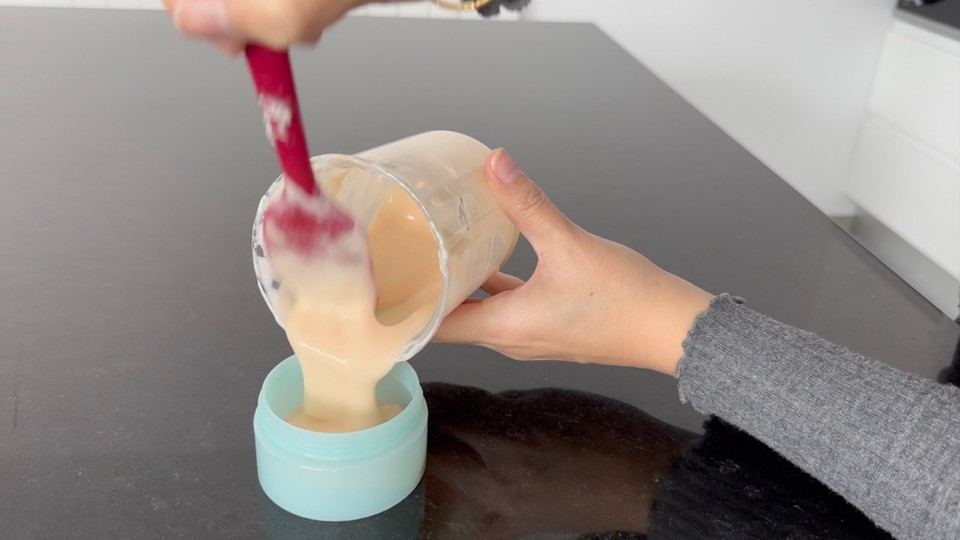
- To use the shaving cream, Spread a generous amount on the skin before shaving, then create a lather by adding some water and rinse the cream when you're done.
